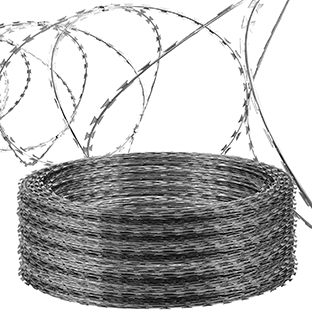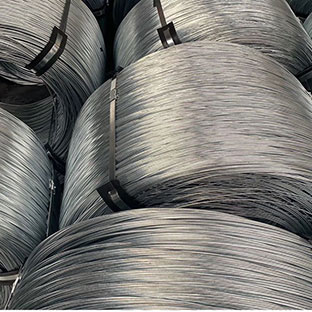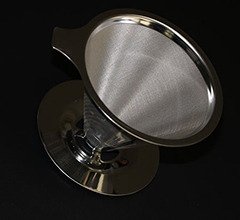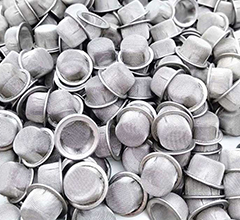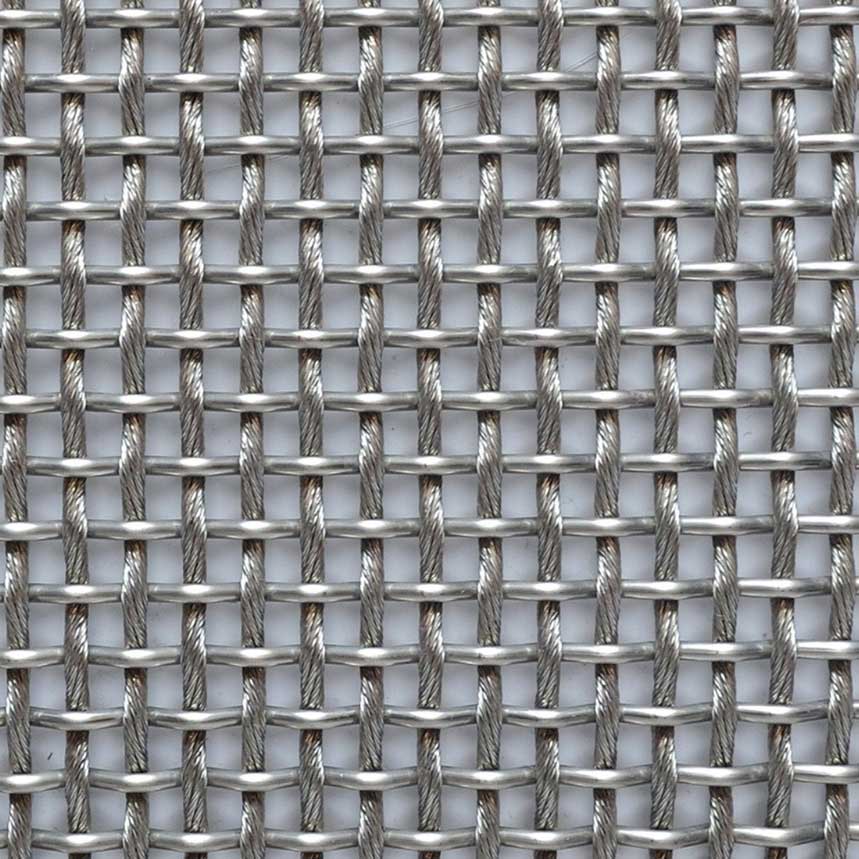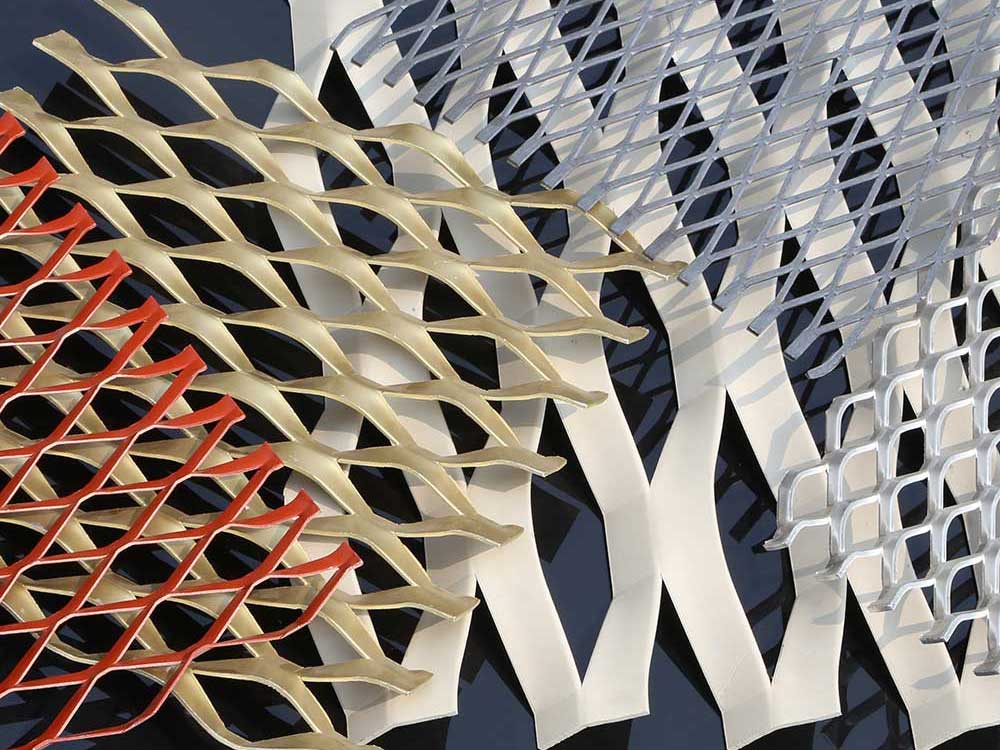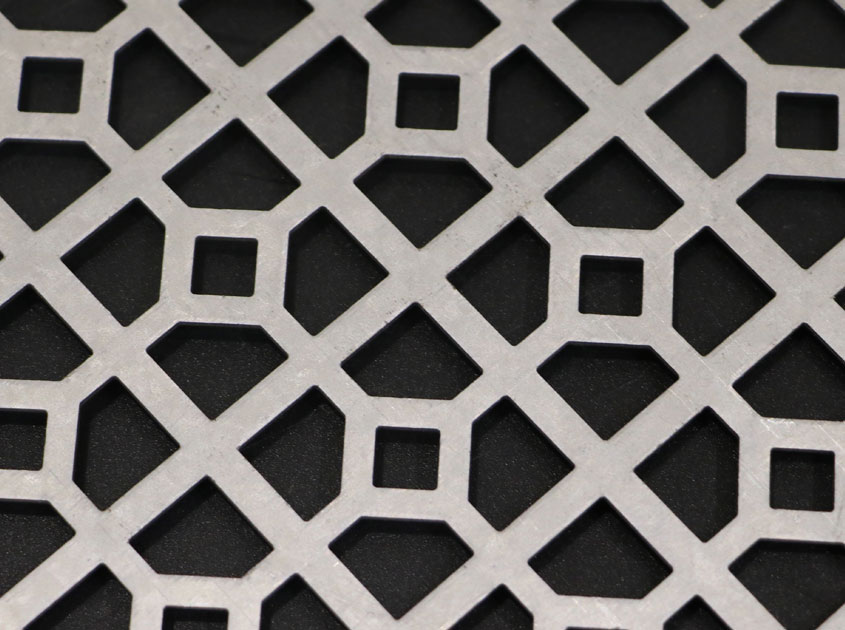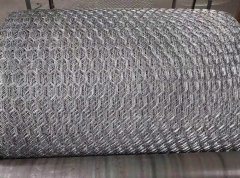Galvanized iron wire, a staple in industries spanning construction to agriculture, owes its remarkable durability to a fascinating scientific process.In the realm of metallurgy, certain materials stand as exemplars of enduring strength and unwavering resilience.This article takes you on a journey into the science behind galvanized iron wire's durability, unraveling the chemical intricacies that grant it the power to withstand the test of time.
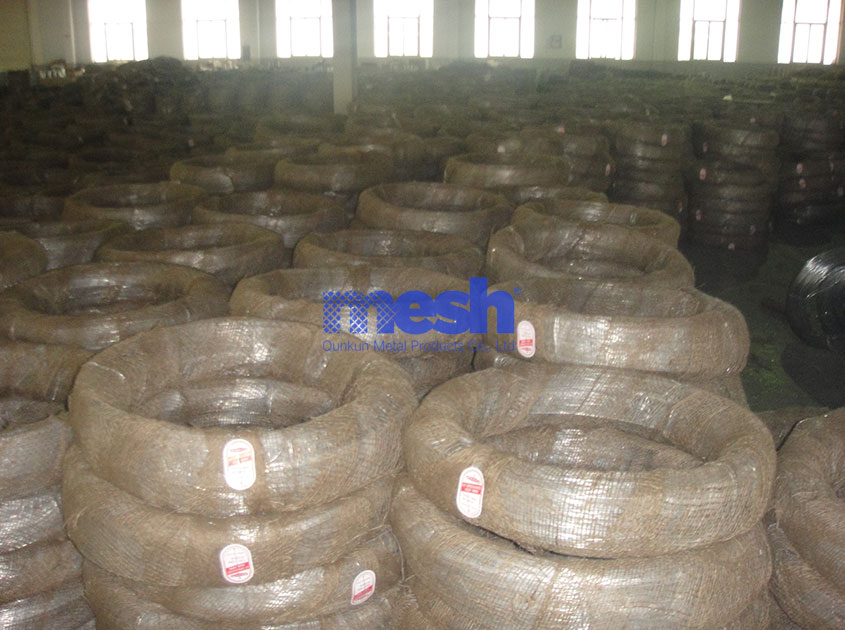
The Galvanization Process
At the heart of galvanized iron wire's durability lies a transformative process known as galvanization. This process involves immersing iron or steel wire in a bath of molten zinc—a key step that imparts its exceptional corrosion resistance. The science behind this lies in the chemical reaction between the zinc and the iron substrate, resulting in the formation of a zinc-iron alloy layer known as a "zinc coating."
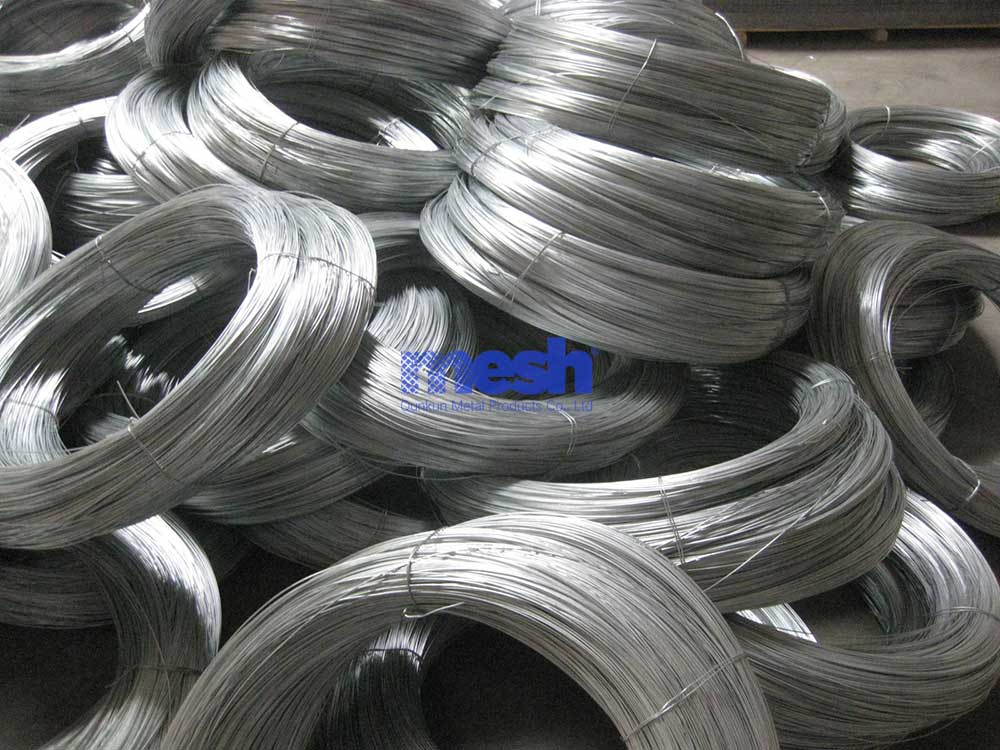
Sacrificial Protection Mechanism
The zinc coating serves as a shield against the elements, protecting the underlying iron from rust and corrosion. This protection operates on the principle of sacrificial protection, a fascinating scientific phenomenon. Zinc, being more reactive than iron, readily oxidizes when exposed to oxygen and moisture, forming a layer of zinc oxide and carbonate. This layer acts as a barrier, preventing the iron beneath from coming into direct contact with the corrosive agents that would otherwise lead to rust.
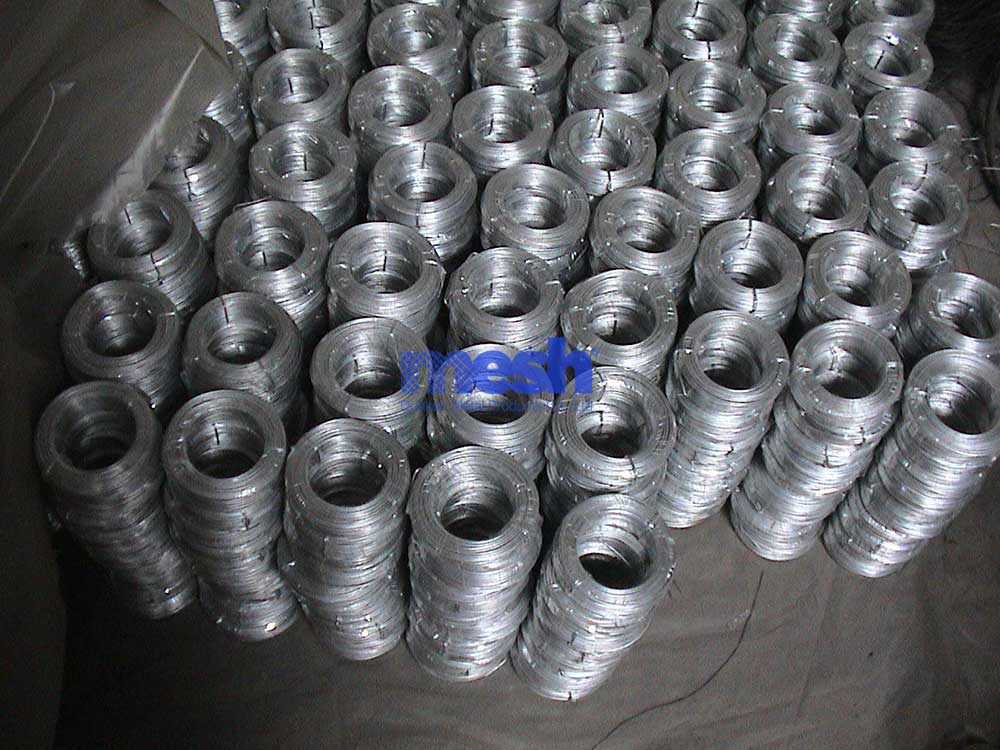
Conclusion
The science behind galvanized iron wire's durability unveils a symphony of chemical reactions, electrochemistry, and sacrificial protection mechanisms that work in concert to preserve its strength and integrity. As it stands resilient against the challenges of rust and corrosion, galvanized iron wire demonstrates that the union of science and metallurgy can create materials that transcend time. Its durability, adaptability, and sustainability make it not just a scientific marvel, but a practical choice that shapes the foundation of a multitude of industries.


.jpg)




.png)






































